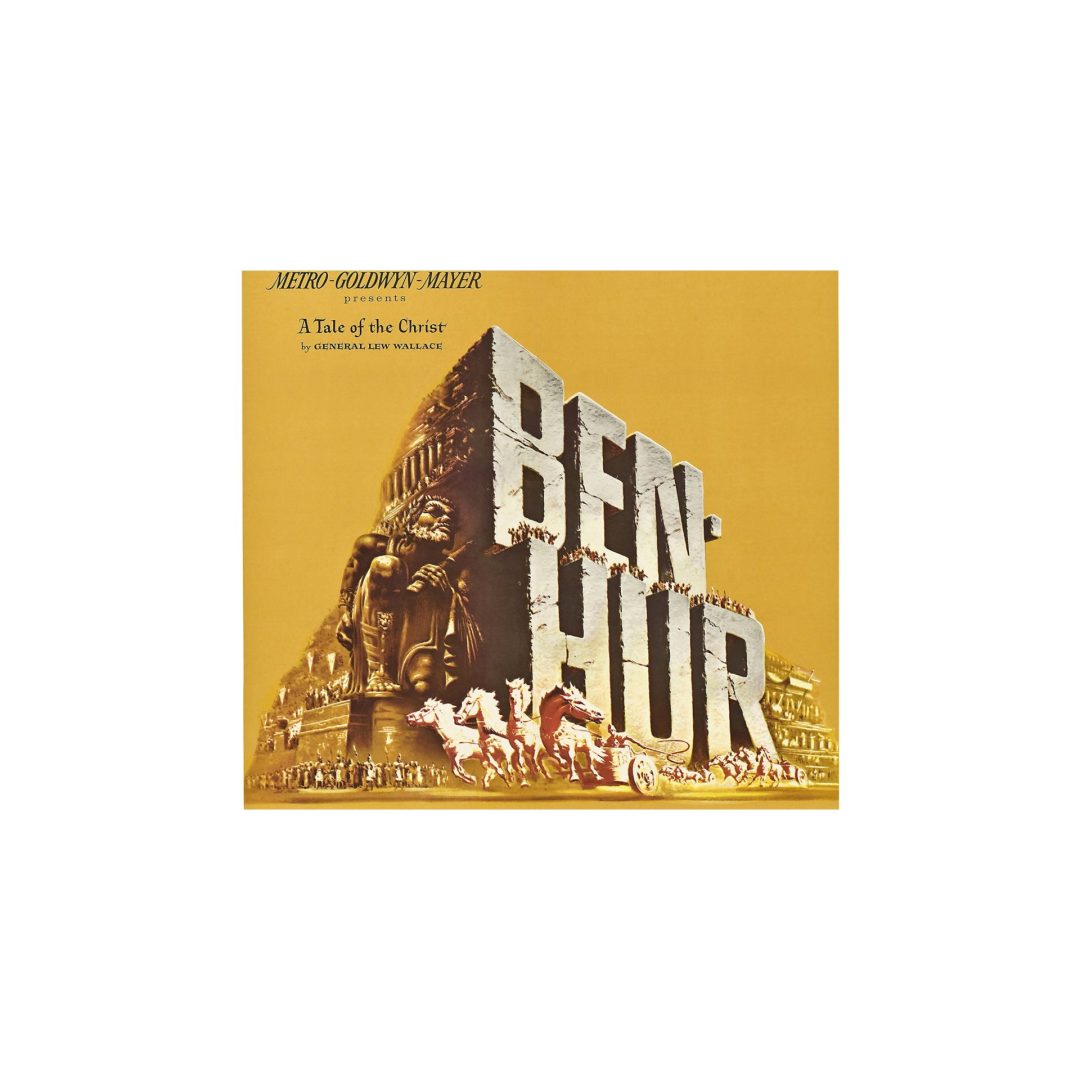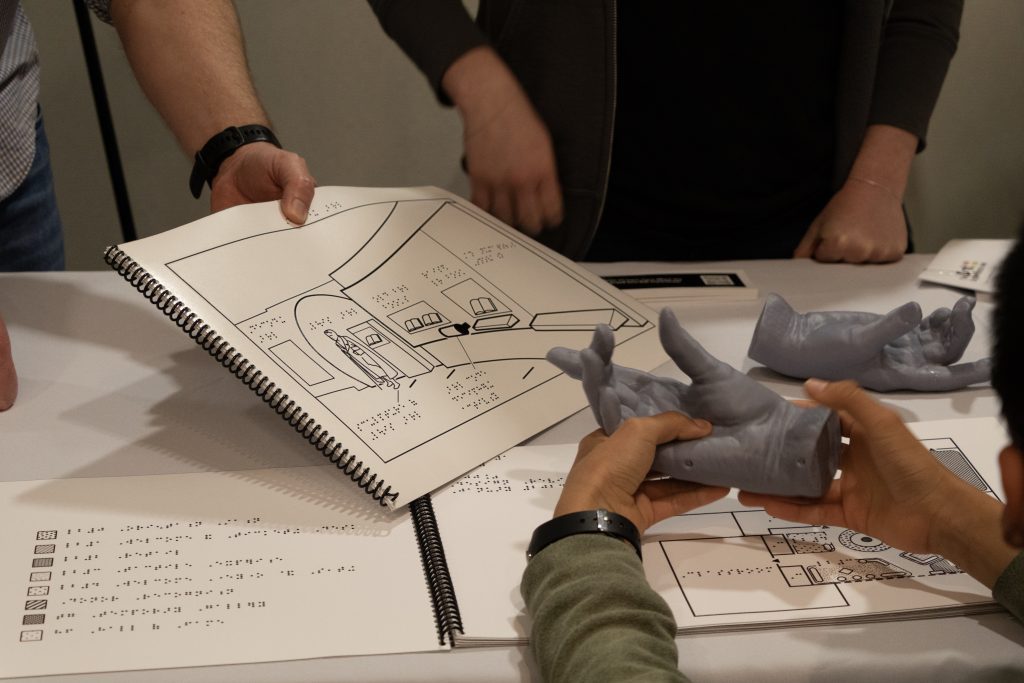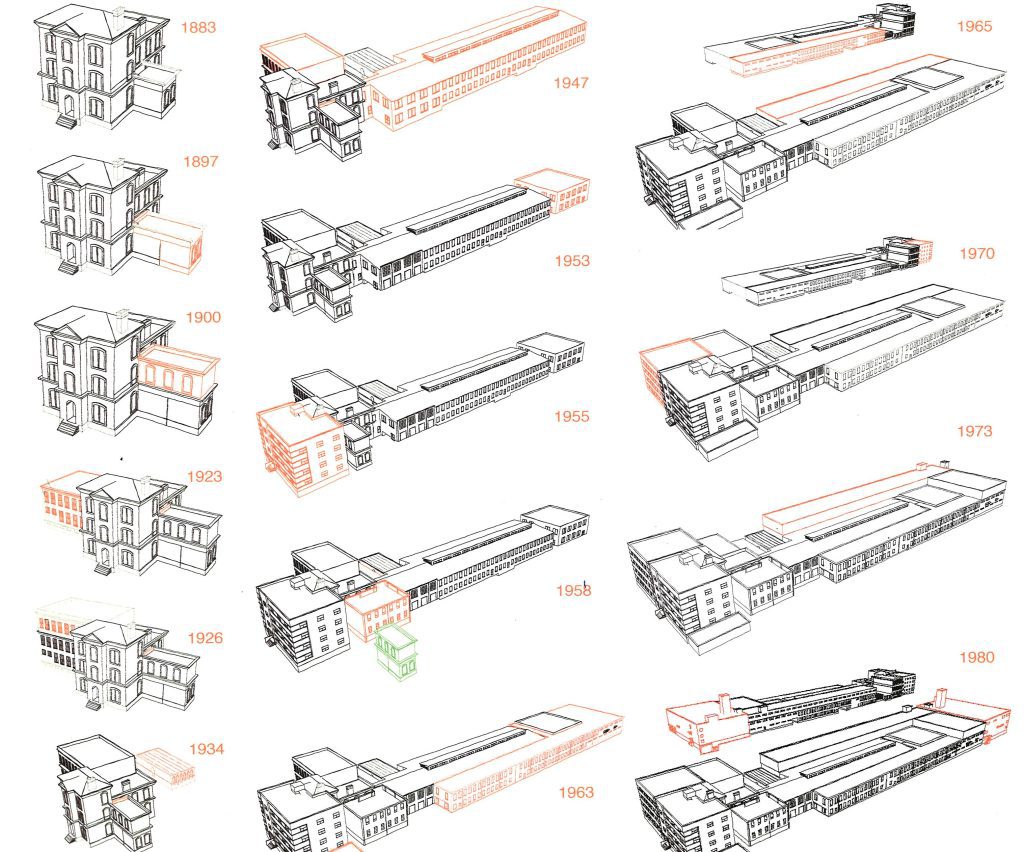Lew Wallace’s Masterpiece: APH’s First Pop Fiction Novel

Do you know anything about Lew Wallace? He’s an interesting guy who used to be famous but not so much now.
First off, Wallace was from Indiana and fought for the Union during the Civil War. He was at a lot of big battles, including Shiloh, and was even stationed here in Louisville for a time during the 1862 Confederate invasion of Kentucky. He was part of the military commission that investigated the assassination of Abraham Lincoln in 1865 and returned guilty verdicts on all eight conspirators who aided John Wilkes Booth. After the Civil War, Wallace spent a few years working for the Mexican government, which is interesting because he served against them in the Mexican American War. Politics makes strange bedfellows.
Wallace ran for Congress a few times unsuccessfully and eventually was appointed the territorial governor of New Mexico in 1878 by Rutherford Hayes. (I digress, but Hayes signed the Act to Promote the Education of the Blind in 1879, creating our modern system of accessible materials production at APH.) After his stint in New Mexico, Wallace became a diplomat posted in the Turkish capital of Constantinople from 1881-1885.
But Wallace is best known for his career as a novelist. His most popular work was Ben Hur, which he completed while working in Santa Fe, and it was published in 1880. Basically, Ben Hur is a story about a Jewish noble who fights the Romans and embraces Christianity. His book made Wallace rich and became the best-selling American novel of the 19th century, surpassing even Harriet Beecher Stowe’s Uncle Tom’s Cabin. You probably haven’t read it, but you may have seen the 1959 blockbuster film starring Charleton Heston. I usually only need to say two words for film buffs to remember this movie: chariot race. Look it up.
The other day, I found a letter from Lew Wallace in our museum collection from November 28, 1888. (Hint, that’s why we’re posting this blog today.) He wrote to thank us for publishing a raised letter edition of Ben Hur, which came in a four-volume set for $14. Thirty years after the creation of the American Printing House for the Blind, Ben Hur was the very first piece of contemporary popular fiction to come from our presses. Our founder’s dream of a press that could provide the choice, the variety, and the sheer volume of accessible literature desired by people of all tastes was coming true for the first time (although this could not truly happen until the passage of the Pratt-Smoot Act in 1931 and the creation of the National Library Service.)
I bet if I challenged anyone to guess the first novel pressed in an accessible format by APH, nobody would guess it was a novel about gladiators and the ugly roar of the crowd in a Roman coliseum. But that is the beauty of libraries and access for all. Libraries share classics and pirate novels and how-to books and self-help books and cookbooks and love stories and everything in between. And everyone—everyone! –should have access to books they enjoy, in the format they need to enjoy them.
Share this article.
Related articles

Defining The Dot Experience: Everything You Need to Know
What is The Dot Experience? The Dot Experience is APH’s re-imagined museum set to open in 2026. Designed with an...

As Time Goes By
As everyone inside our building and anyone who passes by the exterior knows, APH is in the midst of a...
